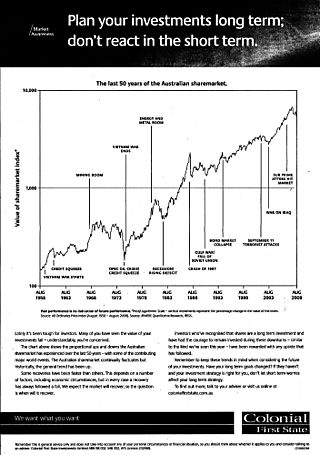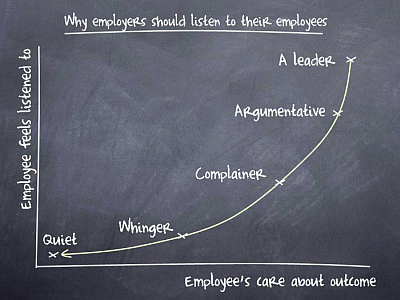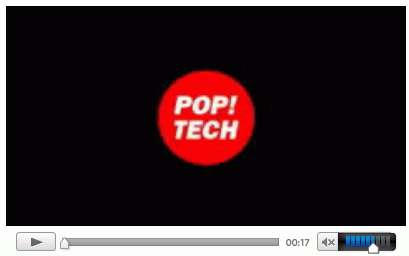I’ve been enjoying the BusinessWeek Innovation of the Week podcast series recently – here’s a quick summary of & some thoughts on the Nike House of Hoops retail store discussed in this episode.
Niche
No longer ‘all athletic things to all people’, the Nike House of Hoops concept enables Nike to ‘go much deeper into people’s lives’, with this retail concept exclusively for people who consider themselves to be part of the basketball community. Nike are doing this in other areas – the second floor of Nike Town New York, for instance, is dedicated to the runners who use Central Park.
Consumers are forming into tribes & identity is the next big marketing tactic. Big brands must align closely with each tribe so as to not lose ground to smaller, niche players.
A physical presence
A website can only go so far – this retail presence allows them to be part of their everyday communities, making a stronger relationship with consumers through a physical experience. Nike will localize each store to the immediate community, allowing customers to have a sense of personal ownership.
Brand leverage & partnering
The store is called ‘Nike House of Hoops presented by Footlocker’. Here’s a paraphrase of a Nike representative on the Footlocker relationship:
We ‘ve had a longstanding relationship with Footlocker, literally from their first store in the 70s. Footlocker represents the biggest basketball destination in the US so it was only natural that we progressed to this level of co-operative association. The world is changing and you can’t do everything by yourself any more.
Even Nike leverages other brands – think about that for a second. What are the implications for your business?
Learning
Nike are planning to launch 50 of these stores but they want to learn about this first store first – even the first few hours of opening provided valuable insights for them.
You can invest heavily into research and design but even Nike doesn’t know what will happen until you open the doors to the public. Nike have learned not to become complacent nor to rest on their laurels which is what innovation is all about – being prepared to make mistakes, optimise and relaunch as you go. If you’re not prepared to make mistakes, you can’t innovate.




